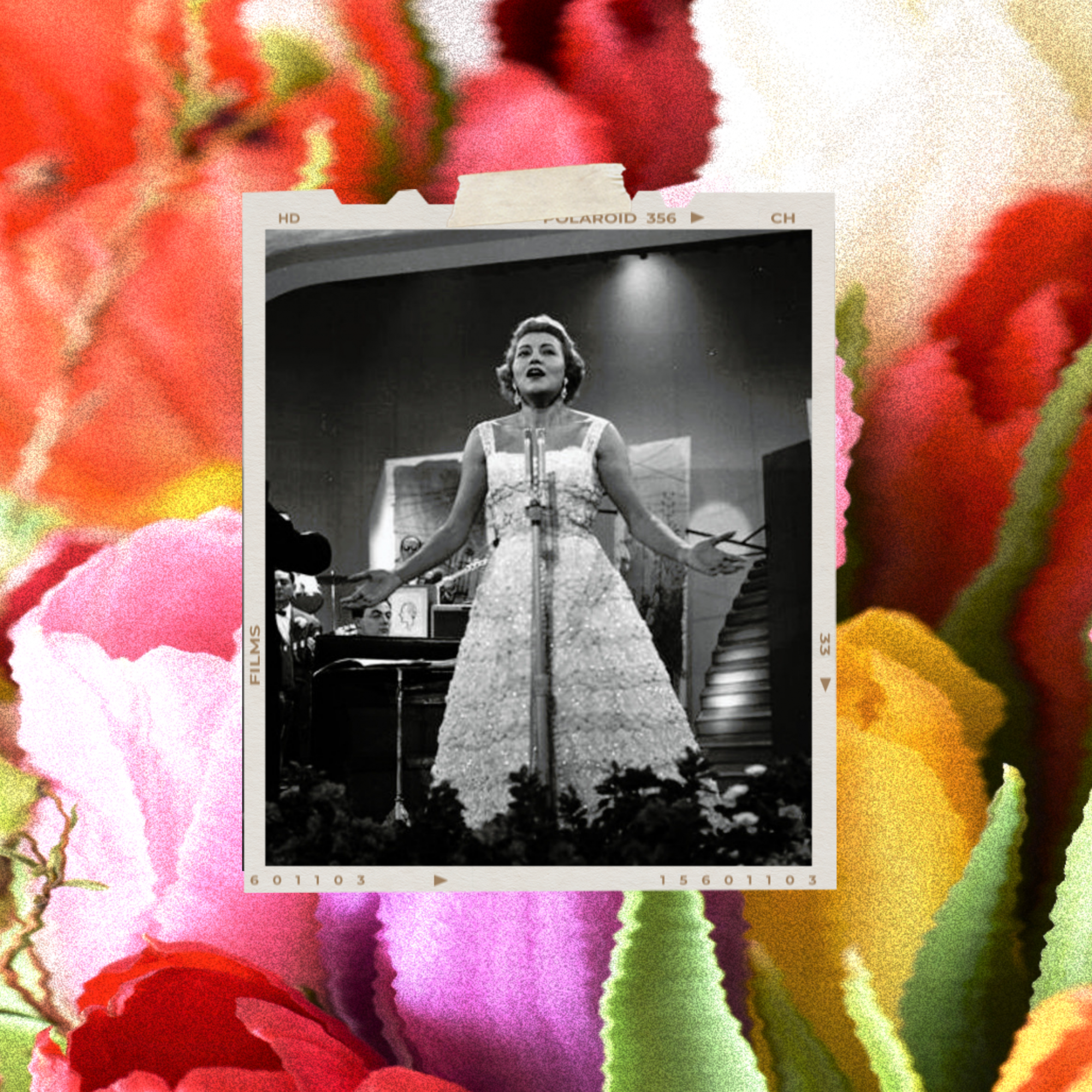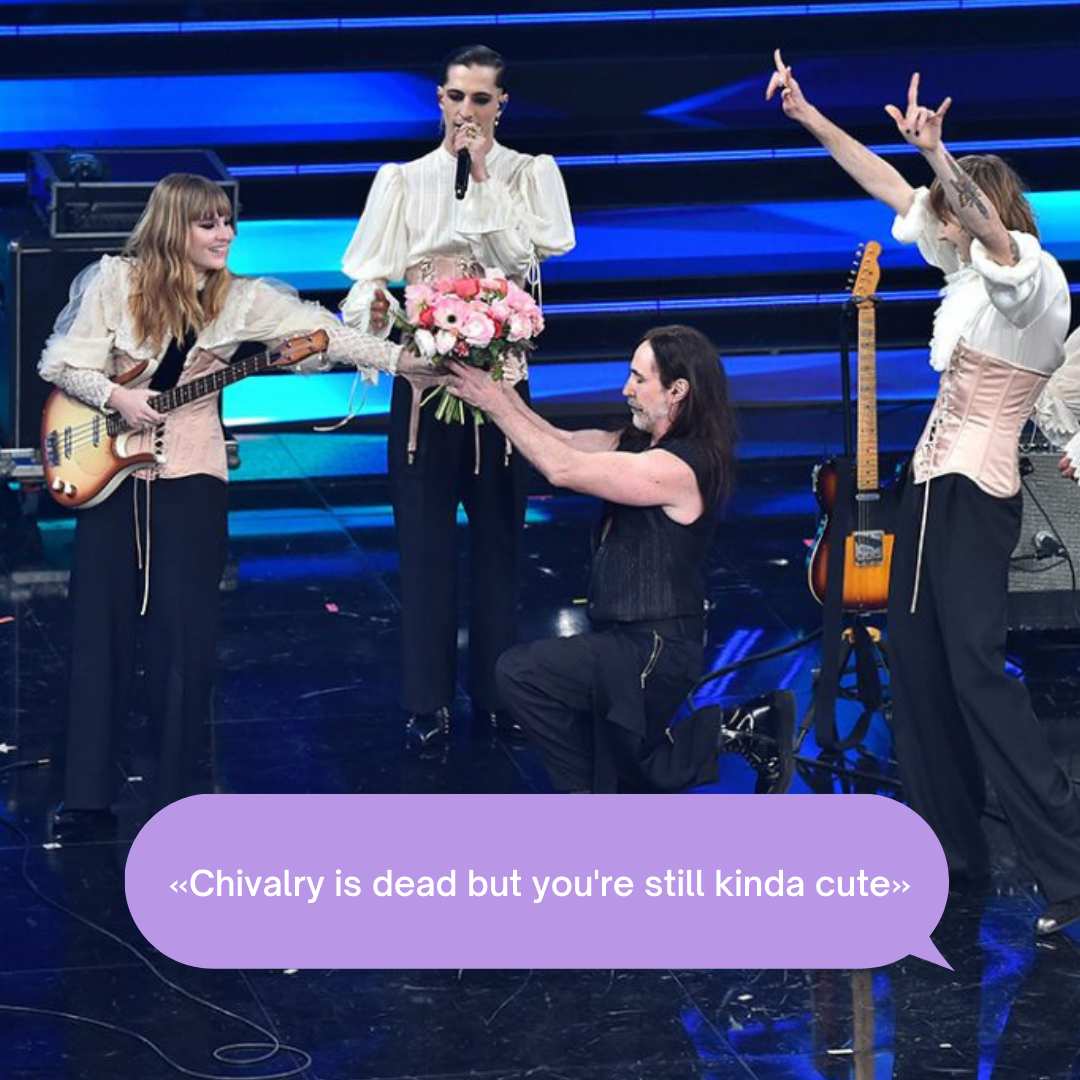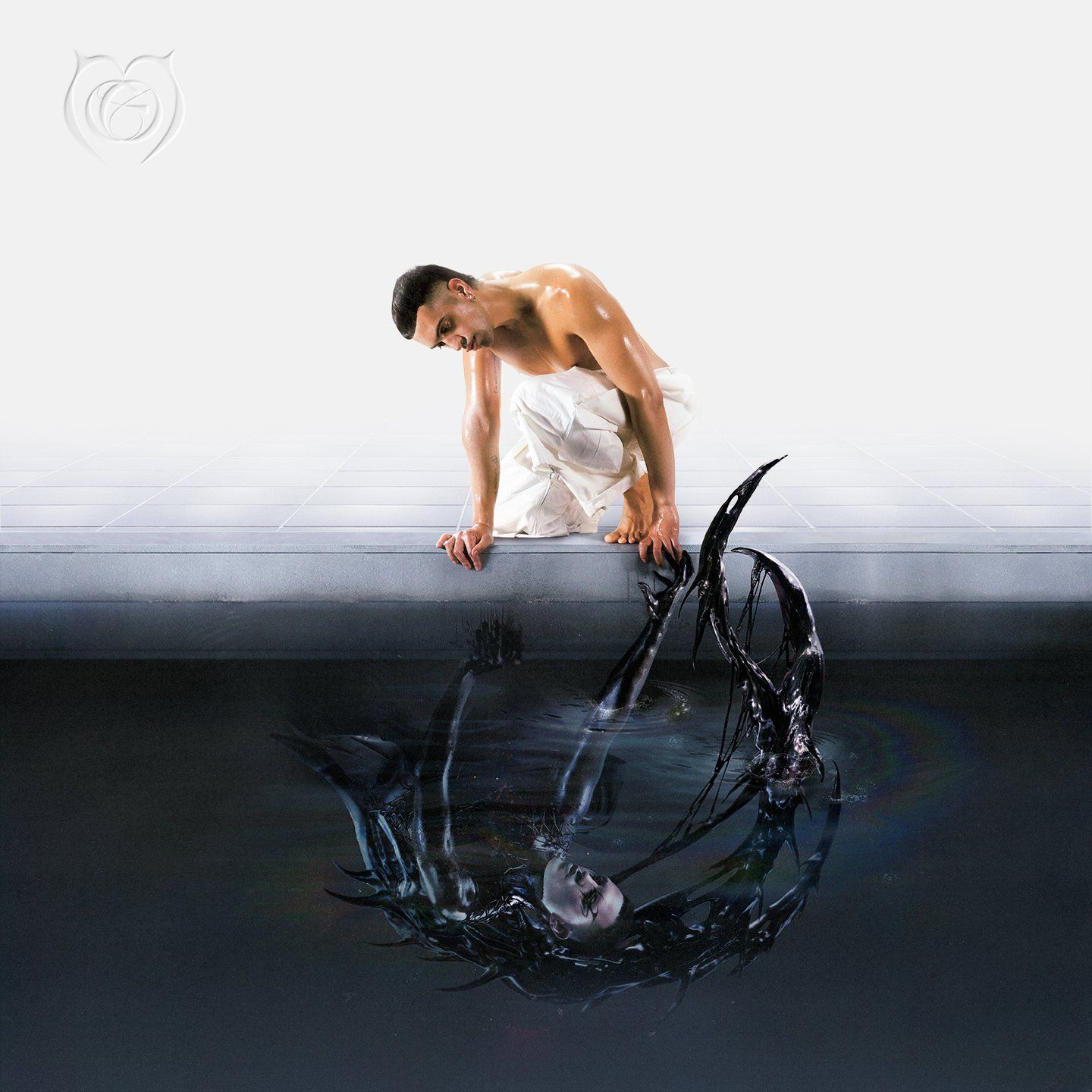
Sanremo Festival and its related controversies Among flowers, explicit content, politically correct and non-inclusivity
The Sanremo Festival will be broadcast from 1 to 5 February, the 2022’s edition is the 72nd, and like every year, even if in decline, millions of people will sit in front of televisions, live streaming or on Twitter. In fact, Sanremo is not just a musical competition, nor an important cultural event, but it can be considered as the mirror of contemporary Italian society and a collective entertaining meeting place for the whole society. Sanremo was once in everyone's childhood, Alberto Sordi also said it in 1981, “Sanremo is in our nostalgic memories after all" and with the new line, more attentive to listening to a young audience, it promises to carry on that tradition, however, running into some tokenistic slips.
It is the only Italian festival with a public network organization that manages to enter all contemporary media: television, radio, social media, newspaper, publishing. There would be no platform in the Metaverse, but in any case "the future" is not so far away if we think that Achille Lauro and Mahmood, competitors in Sanremo, are throwing themselves into NFTs, and this year the crypto information site criptovaluta.it will be guest of a short talk at Casa Sanremo.
Mahmood Ghettolimpo NFT
We can look at the Sanremo Festival as a sort of index of average culture in Italy, trying to deal with today's society. In the book Non solo Canzonette, Leonardo Campus, for example, recounts Italy's journey from post-war peasant poverty to the industrial economic boom from a historical point of view, and he does so by retracing the songs of Sanremo of those years.
Sanremo is in its time, this year in fact as guests of the first evening there will be Måneskin, the Italian band that is currently enjoying the most success, but we also think big about 2012, when the guests were One Direction, or when in 2002 Britney Spears sang I'm Not A Girl, Not Yet A Woman. So it's no coincidence that this year, with the return of the Y2K aesthetic, Emma Marrone and Francesca Michielin will bring Britney's own Baby One More Time during the cover night.
After the last edition, with the empty stalls and fake applause, this year the Sanremo audience will be 100% present. And of course there was no lack of controversy, which is almost a saying by the way (Woe to the festival if there were no controversies).
Let's now talk about some controversies surrounding this edition, including sexist flowers or not, songs that are a little too explicit and "politically correct” criticisms.
Is giving flowers only to women sexist?
The bouquets to be delivered to the singers in the competition, prepared by the Sanremo Flower Market, are confirmed this year too. The delivery of flowers is a cult, and the reason is simple, Sanremo is “the city of flowers” and floriculture, historically, has always played a central role in the economy of the city and of the entire Riviera. The beginnings of the Festival, then, are linked to the events of Amilcare Rambaldi, a florist from Sanremo with a passion for music who dreamed of creating an Italian song festival. And the winning song of the first edition, in 1951, was called Grazie dei fior (that is Thanks for the flowers) a begin sung by Nilla Pizzi – “we neither did it on purpose”, said its author, Mario Panzeri.
Last year on social media, and not only in feminist bubbles, there has been a heavy criticism of the fact that flowers were given only to women. So one evening the singer Francesca Michielin hands them to Fedez, saying that “Fede and I do one evening each, tonight the flowers go to him", and she starts a chain reaction. The same did Victoria De Angelis with Manuel Agnelli, Arisa with Michele Bravi, and even the queer artists of La rappresentante di lista divided them. On social media these scenes have seen those who considered it a foolish stance by the "politically correct" opposing those who, on the other hand, saw it as an act of modernity, an overcoming of traditions that have often been defined as cringe. Here, perhaps cringe is not the most correct term. "Giving flowers only to women" would seem to be a legacy to leave behind, as it would not be gallantry but bigotry. This situation, which arouses comments quite everywhere, could also be seen from another perspective, which we could summarize with a quote from the song Promiscuous by Nelly Furtado feat. Timbaland, "chivalry is dead but you're still kinda cute”. In short, we all know that that kind of gallant binary thinking is dead and is anachronistic, but what harm do flowers do?
Of course, it would be fair for all participants to receive beautiful flowers, overcoming the gender binary a little and considering that, in fact, they are just beautiful flowers. But if they were only given to women anyway, it would not be a sexist gesture, but a kind gesture that could only be problematic for liberal white feminism.
The explicit songs
On Ray Play, the streaming platform of Italian national television, there is a miniseries entitled Sanremo follie, these are many clips of original films that tell the small or large scandals of the old editions of the Sanremo Festival. There is Celentano who in 1970 forgets the words of Chi non lavora non fa l’amore (i.e. those who do not work do not make love). There is Benigni who in 1980 declaimed a speech on the "revaluation of free love", going against the Pope of the time, Wojtyła, and kissing Olimpia Carlisi on stage. And there are also things that we find it hard to describe as madness, like "Anna Oxa's navel" from 1986.
Each year has its own definition of scandal. What is troubling society today? What can you say or not, not only on TV, but live in Sanremo? Out of 25 songs competing this year there are 6 "bad words”. Until 1975 there was a list of prohibited words drawn up by the Censorship Commission, there were 61 words and among these were abortion and divorce. Now one wonders how Italian society has reacted to red light issues. If already in 1978 Rino Gaetano sang «un mondo diverso, ma fatto di sesso» (a different world, but made of sex), in 1981 comes Questo amore non si tocca by Gianni Bella who at a certain point says "I'm the king of porn" (here the text, here the video). This year there are more songs accused of presenting content that is a little too explicit. In the first place there is certainly Sesso occasionale (casual sex) by Tananai (who made the first appearance in Valentino with styling by Nick Cerioni), but Chimica di Donatella Rettore is also enjoying quite success in the Italian gossip, returning to Sanremo with Ditonellapiaga, between orgasms, thighs and nuns. Then there is also Iva Zanicchi who at 82 tells a story of ageless passion in Voglio amarti. Le Vibrazioni speak of breasts, Highsnob and Hu of shibari and Achille Lauro says that «this life is a roller coaster. Romance? No, rather a porn».
It is funny how, in apparent reaction to this clearance of primary social issues, the Christian Song Festival was born from the idea of Bishop Suetta, which will be held a few steps from the Ariston theatre on February 3, 4 and 5. Sgarbi will also be there, and the artistic director has published a statement in which he talked about how society is losing its human values. A positive note of this story is that as long as the secular state television programs are maintained, Vatican radio can broadcast whatever it prefers.
Gender issues
«Dear friends near and far, good evening», Nunzio Filogamo, historical conductor, greeted in this way the audience on the radio. How could he say this today (given that Italian is an inflectional language, with genders)? In this 2022 edition, 16 men, 7 women, a mixed group (Highsnob and Hu) and a queer group (La rappresentante di lista) will participate. Despite the marginal role, there have been several women who have marked Sanremo, and in the five evenings of the festival there will be, in turn, five women: the actresses Ornella Muti, Sabrina Ferilli and Maria Chiara Giannetta, the discussed Lorena Cesarini and Drusilla Foer. Amadeus justified these choices by saying that "I started from the idea of paying homage to the world of cinema, fiction and theatre, which had suffered from the pandemic. And, in the choice of faces, I entrusted myself to my feelings», let’s understand why these feelings have been the object of criticism.
Lorena Cesarini, born in 1987, is an actress and has a degree in contemporary history. Famous for having been part of the cast of Suburra, more and more people have criticized her presence as a “black lives matter” share, in fact, Lorena is a black Italian-Senegalese woman and there have been several racist insults about it. Shouting out to a politically correct move is mean and quite nonsensical. It is certainly not the first time that a black woman is on the Sanremo stage, from the most striking cases such as the performances of Whitney Houston, Tina Turner and Alicia Keys, to the less sensational ones like in 1986, when Loredana Bertè sang Re and performed with two dancers, a black girl on the right and a white girl on the left, all dressed in mini leather dresses designed by Gianni Versace, and with fake bellies that simulated pregnancies. In any case, in a normal country, quotas should not be a problem, and Lorena Cesarini will be in Sanremo on February the 2nd to talk about inclusion. It is important to remember how significant such representation is, as a black Italian woman, but also as an actress whose character is a sex worker.
The other media case concerns Drusilla Foer, a Tuscan noblewoman alter ego en travesti of Gianluca Lori, actress and author of the book Tu non conosci la vergogna (i.e. You Don't Know Shame). It is not the first case of theatrical transvestism on the stage of Sanremo if we think that in 2010 Arisa sang Malamorenò with the Marinetti Sisters (who were inspired by the Bandiera Sisters of the 70s), a trio of singers and actors, and in any case the wider drag culture is no stranger to the festival, Conchita Wurst witnessed it in 2015. According to Simone Pillon, Drusilla should not be "a Lady of Ariston", and on social media he asks "but always in compliance with the quotas, we could not have a normal dad among the co-presenters (one, not two), and maybe conservative-inspired? It would be a good signal, if only for the protection of television species at risk of extinction”, as if there were no conservative men on Italian television. Of course Foer is transvestism, so she is part of the camp and drag, but it is not the gender-inclusive share; as Natalia Aspesi points out «since the character is a woman on stage but a man in her house, therefore included in himself, almost a trans flag even though he is not trans. The right carelessness typical of us Italians». In short, Foer will not be Paolo Poli, but still today she scandalizes the right wing and partially satisfies the left one.
Gender issues remain the most felt and feared even this year, and perhaps because of Amadeus, that is always the host who, speaking with Francesca Sofia Novello, Valentino Rossi's girlfriend, praised her staying “a step back”.
Previously we said that Sanremo is the mirror of Italian society, and it is even if we are talking about women, representation and public television. Comments, judgments and controversies are the common thread of how communication in general relates to women in the show business, whether they are artists, singers, presenters or co-hosts. But the statements that were made by the women who took the stage of the Ariston, and in the Casino's Party Hall before, are many. For example, the first winner of the festival, Nilla Pizzi, had a voice that was considered "too sensual" by the fascist regime and for this reason she was repeatedly censored. In addition, she had married and divorced twice, a strong choice for a girl born in 1919 in the little Sant'Agata Bolognese. When she won the first edition she had just started singing publicly again, and she began the ascent that will lead her to become the Queen of the song. But let's also think of Siamo donne by Joe Squillo and Sabrina Salerno, who wore Euphoria outfits as early as 1991, or when Loredana Bertè wore red shoes for violence against women. There are a lot of examples.
To conclude, there have been, there are and still will be controversies. Maybe we could start shifting attention to those that don't die in a few stories, or a few episodes of Barbara D’Urso’s program. That is, those that have to do with public costs, with the transparency of institutional dynamics and with the adequate salaries of those who work so that there is a Festival. If Sanremo represents Italy today then let's pay more attention and stop just wondering Where is Bugo?.





































































